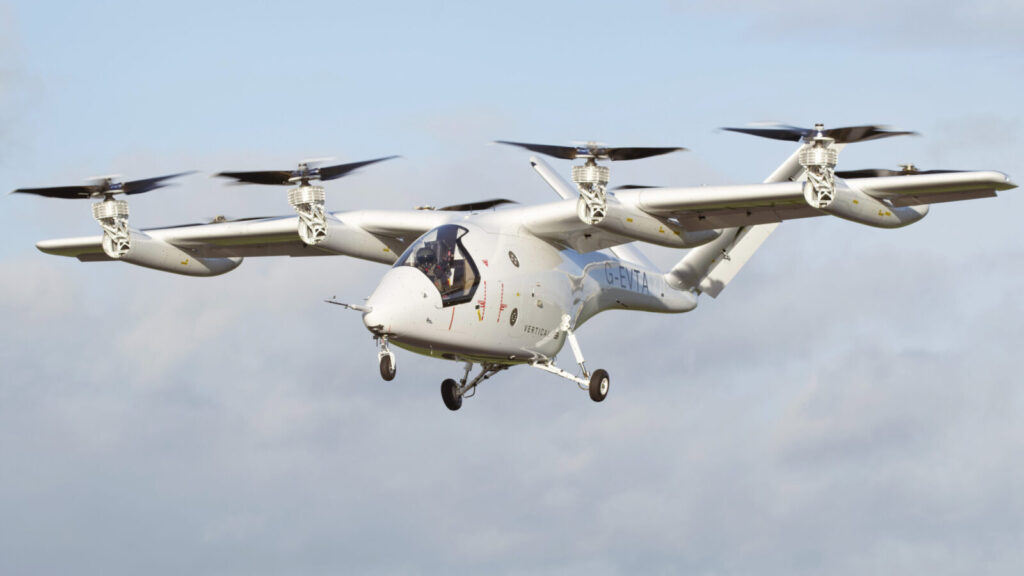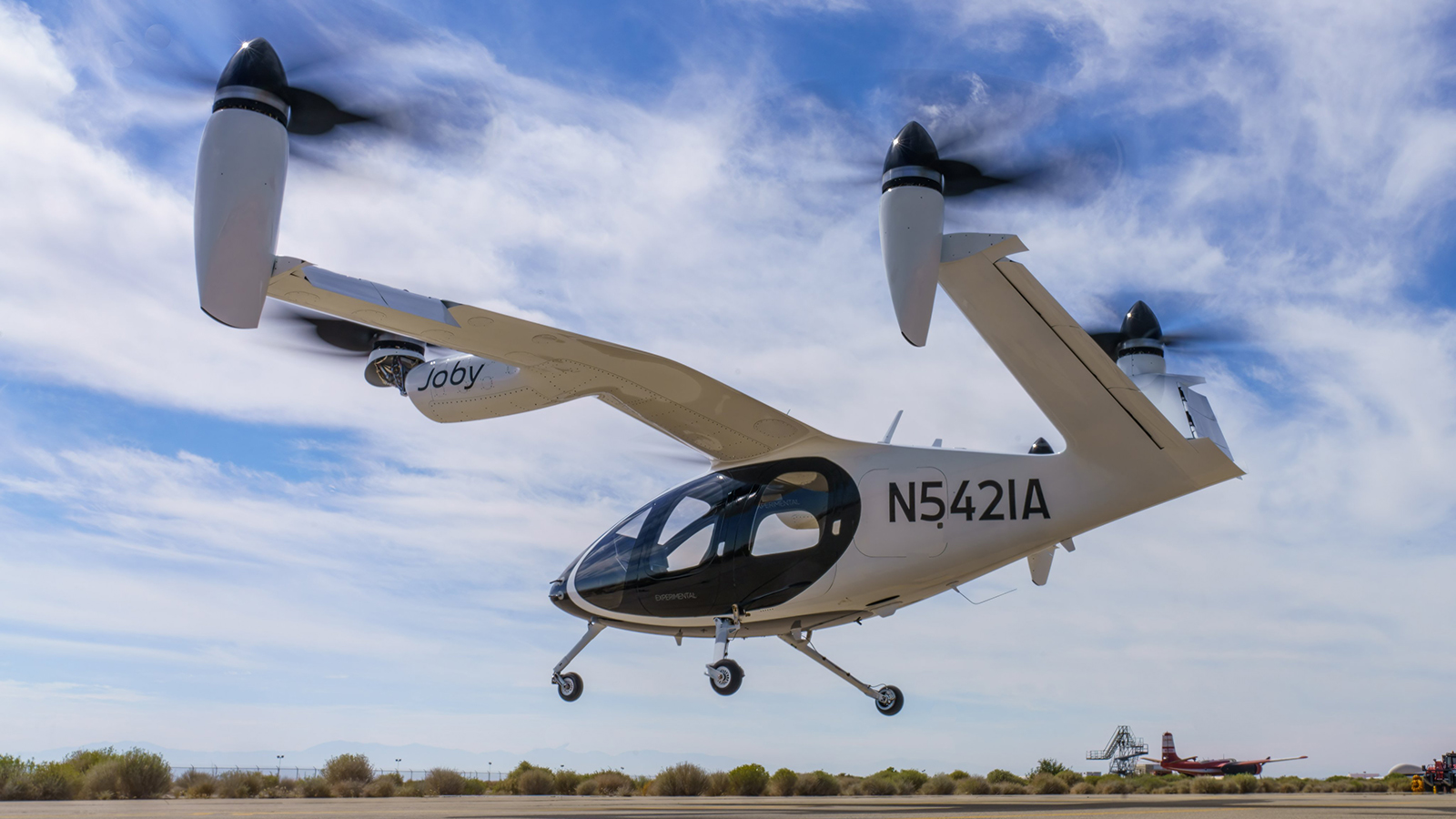Stay Up to Date
Submit your email address to receive the latest industry and Aerospace America news.
As European developers struggle for cash, U.S. companies surge ahead
At first glance, Lilium’s announcement of its late December financial rescue by a group of unnamed investors seemed like a Christmas miracle. Instead, it turned out to be a temporary reprieve. The funding never arrived, and Lilium in February filed for insolvency for the second time in four months, joining fellow German air taxi developer Volocopter.
While Volocopter has since been rescued by Diamond, an Austrian company owned by the Chinese automotive giant Wanfeng, Lilium looks to be gone for good. Also still standing is Vertical Aerospace of the U.K., which earlier this week announced plans to develop a hybrid-electric variant of its VX4 electric-only aircraft. However, executives say there’s only enough working capital to last until the end of the year.
The financial struggles signal a shift in the emerging air taxi market, according to my interviews with analysts and executives. It’s now all but guaranteed that U.S. companies will be first to begin widespread passenger service, provided that their designs receive FAA type certification. Volocopter told me by email that it’s now targeting 2026 for EASA type certification, “due to the subsequent effects of the insolvency proceedings and restructuring,” while Vertical is targeting 2028 for its certification from the U.K.’s Civil Aviation Authority.
For more about advanced air mobility, receive the True Mobility newsletter in your inbox.
A variety of factors have given U.S. developers the edge, according to Sergio Cecutta, who has been following the advanced air mobility sector since 2017 for his Arizona consultancy, SMG Consulting. In particular, the U.S. offers more opportunities for startups to raise cash, including private investment and government contracts, to fund their flight tests and other activities required for certification. For instance, Archer and Joby of California each have hundreds of millions of dollars from investors, including automotive giants Stellantis and Toyota.
“The management of the companies and the money have allowed them to go faster and accomplish more things than have been done in Europe, and I think that’s undeniable,” he says.
In contrast, Cecutta describes Europe as “a more difficult capital environment when it comes to raising money.” Military spending is lower, and investors are often hesitant to fund companies connected to defense projects due to the stricter environmental, social and governance factors that certain groups of investors must abide by. European air taxi developers have also received fewer government dollars, with the German government in late 2024 denying requests from Lilium and Volocopter for loans, describing the ventures as too risky.
In Cecutta’s view, some of the difficulty may also lie in the fact that the business case for electric air taxis is less clear-cut in Europe, where public transportation is more prevalent and of higher quality than in the U.S.
“If I want to move through London, I have a million choices,’’ he says. “If I want to move through Los Angeles, there’s not a million choices, and so that would be a new tool in the transportation toolbox.”
Vertical Aerospace acknowledges these challenges but isn’t ready to give up on its goal of ferrying cargo and passengers through the skies in its VX4 air taxis, each of which have eight wing-mounted rotors. Since taking over from founder Stephen Fitzpatrick in 2023, CEO Stuart Simpson has attempted to ease the funding challenge. In an interview, he told me that Vertical had been hamstrung by a complicated shareholding structure that limited its ability to raise more funds and led to a share-price spiral. Indeed, shares fell from a peak of $128.40 to a low of $2.88 last month, recovering to just below $5 in recent days.

Vertical refinanced in December and raised $90 million in January, which Simpson said will fund testing and operations through the end of 2025. Plans call for raising additional money in the coming months, but any large-scale fundraising effort must wait until the share price increases. Going forward, Simpson says that he’d like to emulate the approach taken by Vertical’s U.S. counterparts.
“What Joby and Archer did was amazing,” Simpson says. “They went early; they’ve got the big bucks. Vertical was very British, very understated. And that’s what we’re working on, is getting our name known.”
While Vertical works to shore up its balance sheet, Joby and Archer say they have enough funding to carry them through type certification — and possibly initial operations. Archer ended the first three months of 2025 with $1.03 billion in cash and says it has been burning through $124 million per quarter on average. Executives said in a Monday earnings call that the company is on track to deliver its first piloted Midnight aircraft to Abu Dhabi Aviation in the United Arab Emirates later this year. In a nod to the rapidly shifting air taxi landscape, Archer CEO and founder Adam Goldstein described 2025 as “an inflection point for the company and for the industry.”
Meanwhile, Joby ended the first quarter with $813 million in cash and short-term investments. The company expects to spend $500-540 million in 2025. Plans call for flight testing in Dubai to begin in the middle of the year, with the first passenger flights by early 2026.
Chief Product Officer Eric Allison told me that he attributes Joby’s success to a vertically integrated, modular approach. The company is constructing its S4 aircraft almost entirely in-house, unlike firms such as Vertical that are working with a network of suppliers.
“We know what our playbook is, and we’re executing against it,” Allison says. “We did spend time in the very early days of Joby trying to figure out what the right design of the aircraft is and what the right set of characteristics are for it to be successful as we’re driving it to market, and we really think that we have dialed that in.’’
So, which company will be the first to fly passengers in the UAE?
“Right now, I give it as a toss up between Archer and Joby,” Cecutta says, though he predicts those first flights will take place closer to the end of 2026 or sometime in 2027. “We really need to see what happens in the second half of this year to begin to be able to say, ‘Maybe this is better positioned than this other one.’”
About Charlotte Ryan
A London-based freelance journalist, Charlotte previously covered the aerospace industry for Bloomberg News.
Related Posts
Stay Up to Date
Submit your email address to receive the latest industry and Aerospace America news.




